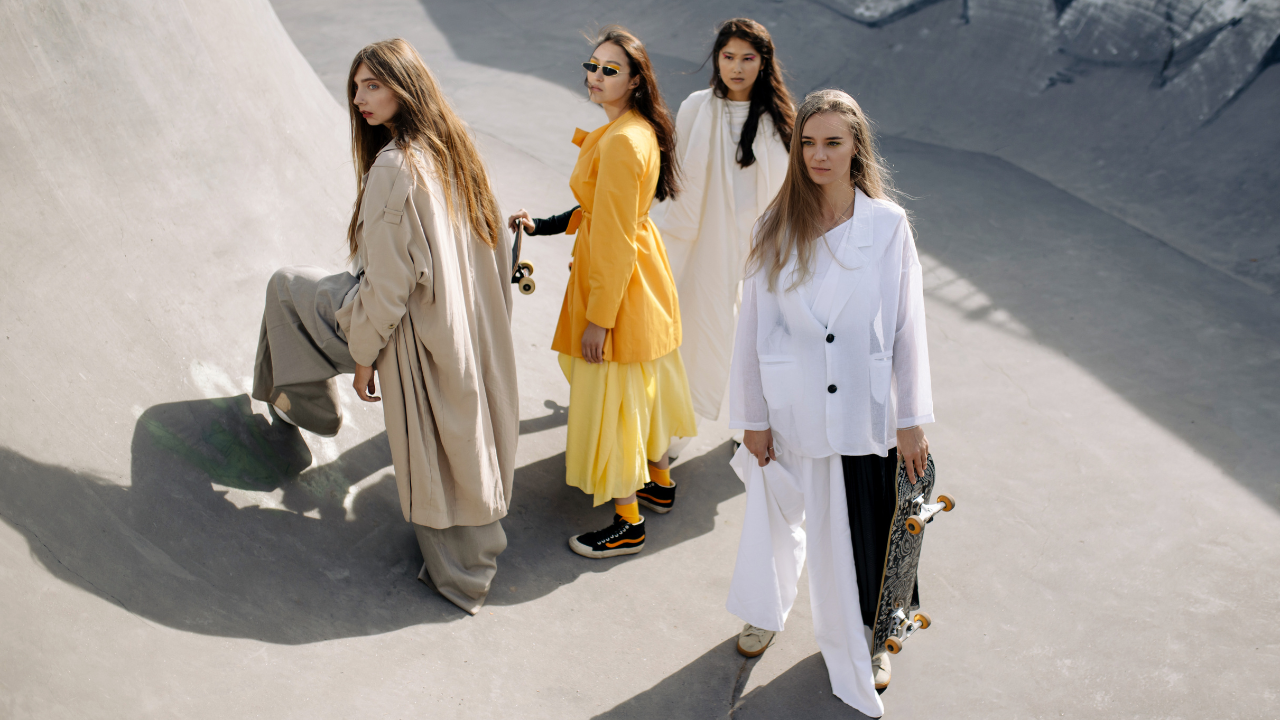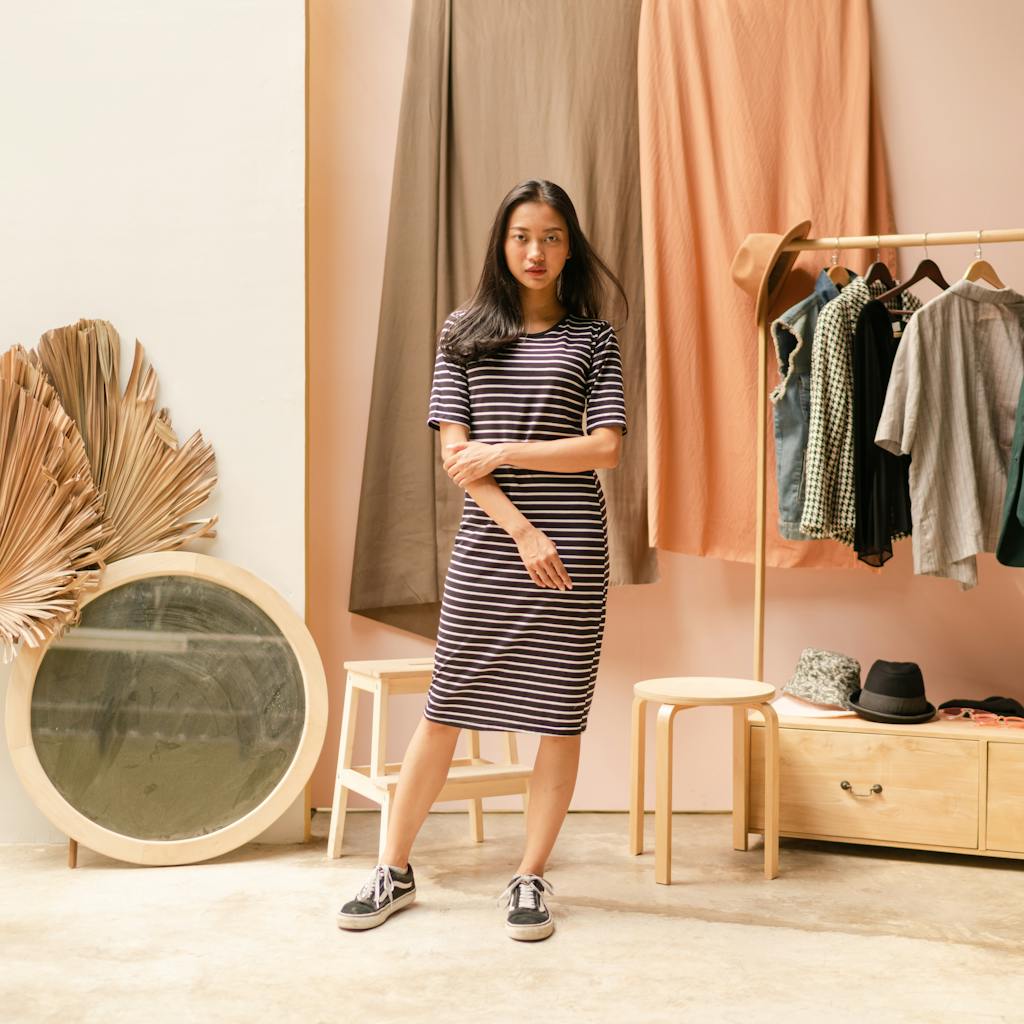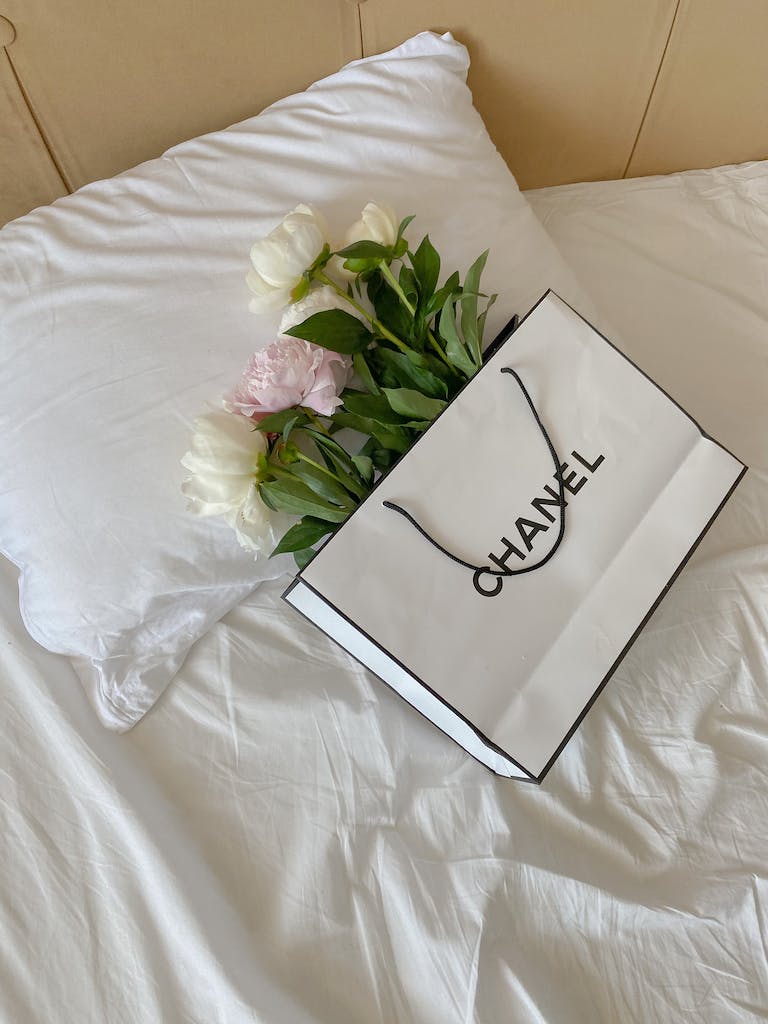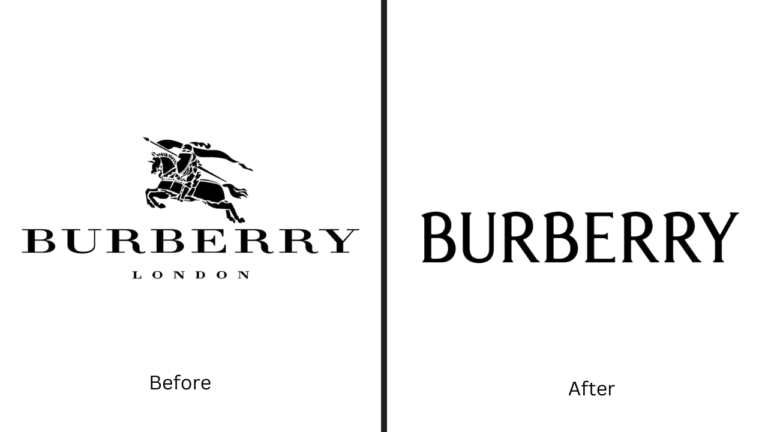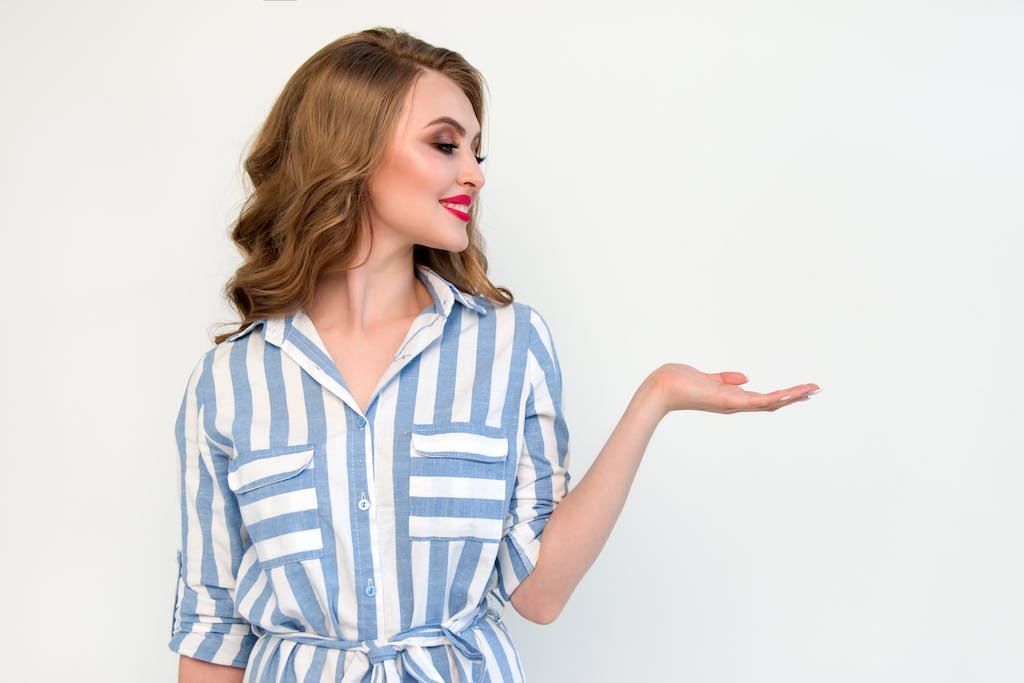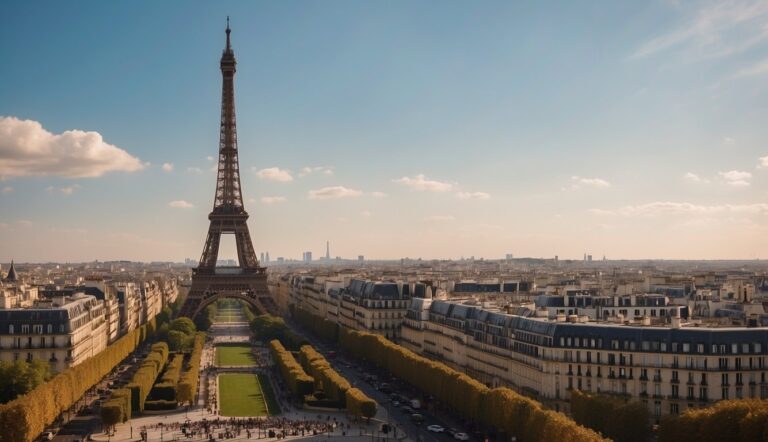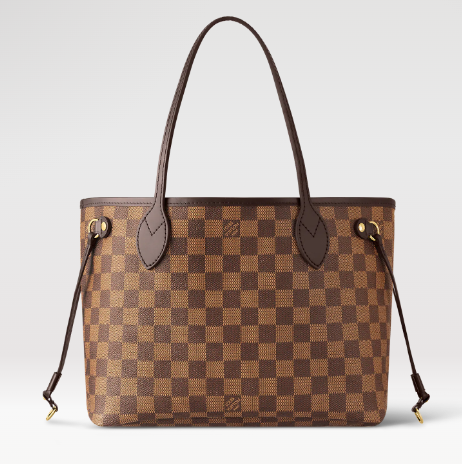The Old Money Aesthetic Style Guide | Timeless Elegance
The old money aesthetic is an alluring, luxurious and attainable fashion style, but also lifestyle that embodies what it means to have understated elegance, have classic grace and focus on quality over quality. People have always craved to be wealthy, and while earning the wealth itself is a completely different ballgame, looking the part is always possible.
To adopt the old money aesthetic is to understand tradition, family, and social status. You don’t truly have to be “old money” and inherit wealth to have the old money aesthetic, instead it is about consciously respecting tradition and respect and behaving in a elegant way. Those who embody this aesthetic are often seen as refined, cultured, and sophisticated, with a keen eye for detail and a deep appreciation for the finer things in life.
Key Takeaways
- The Old Money Aesthetic embodies the inherited wealth’s dress style and lifestyle.
- It features understated elegance, timeless designs, and prioritizes quality.
- This aesthetic extends beyond fashion, emphasizing traditional living, family values, and social status.
What Is The Old Money Aesthetic?
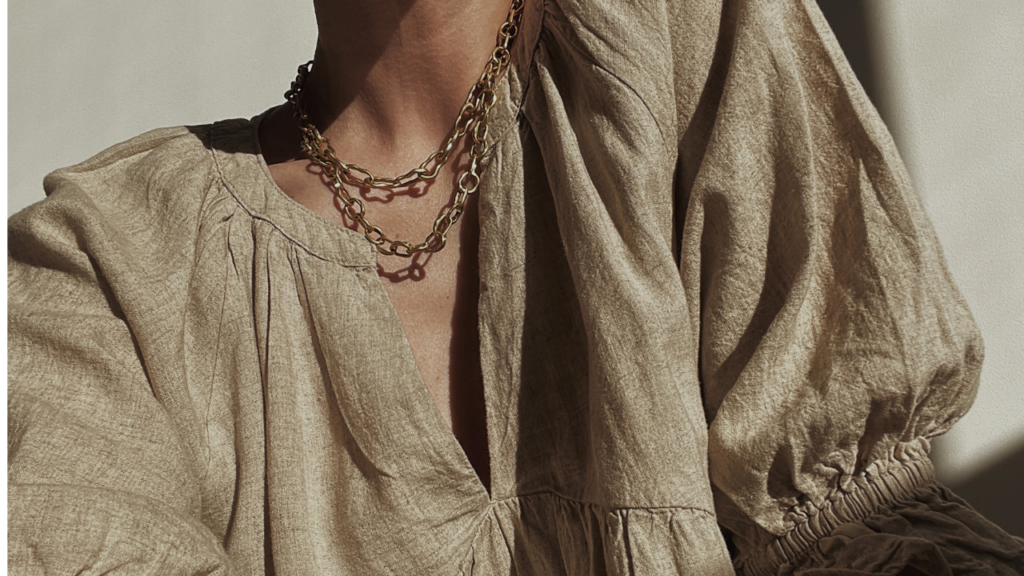
From furniture, to clothes, cars to yachts, the old money aesthetic is rooted in those with a long history of tradition and inherited wealth. The term “old money” refers to individuals and families who have maintained their wealth and status for generations, often through investments, real estate holdings, and other business ventures. Usually these families have more money in assets than cash on hand, which also means they are still careful with their spending even if they are ‘technically rich’.
This implies that they spend their money carefully, picking quality clothing, shoes, cars, and experiences rather than lavishly spending money on something that looks good. They think ahead and think about buying quality goods to pass down through inheritance. This concept of “old money” dates back to the European aristocracy of the Middle Ages, where wealth was passed down through inheritance.
Old Money vs. New Money
The Old Money Aesthetic stands in contrast to the “new money” aesthetic, which is characterized by flashy displays of wealth and extravagance. Whenever a person tries to define what old money is, they inherently define what new money is not.
New money refers to individuals who have recently acquired their wealth, often through entrepreneurship or other business ventures, within their generation, without relying on their parents. This gives them the option to freely spend their money and assets because they earned every bit of it and have full control. Whist new money, in its own right is beautiful, flashy and exciting, it is not sustainable if you do not have a large sum of cash to spend. It emphasizes luxury and status symbols, especially designer labels and expensive accessories.
How To Dress With The Old Money Aesthetic

The pursuit of old money aesthetic attire involves a discerning eye for quality brands, an understanding of classic outfit combinations, and knowledge of where to hunt for vintage treasure troves.
Finding Quality Brands
When one seeks garments that exude the old money aesthetic, they gravitate towards brands with a legacy of craftsmanship and timeless design. Ralph Lauren, Burberry, and Chanel stand as beacons of quality and heritage, their logos subtly hinting at a tradition of understated elegance. It is not the quantity but the enduring quality of these items that defines their wardrobe.
- Ralph Lauren: known for classic fits and iconic polo shirts.
- Burberry: famous for its distinctive check pattern and trench coats.
- Chanel: synonymous with chic, timeless pieces like the little black dress.
Consider Going To Vintage stores
They know that vintage stores can be goldmines for discovering pieces with the old money aesthetic. They seek out shops known for high-quality vintage clothing, scouring for items that reflect the rich patina of bygone eras. Patterns like houndstooth, tweed, and subtle plaid are particularly cherished as they radiate a time-honored charm that is both sophisticated and classic.
- Research Classic Brands: Familiarize yourself with brands that have long been associated with “old money” style. Look for names known for their timeless designs and superior quality, such as Burberry, Ralph Lauren, Brooks Brothers, and Barbour. Knowing these brands will help you spot potential finds.
- Inspect for Quality: “Old money” clothing is all about quality. Check for natural fibers like wool, silk, cashmere, and cotton. Examine the construction of the garments—look for sturdy seams, working zippers, and buttons made from higher-end materials like mother-of-pearl or wood.
- Frequent Upscale Neighborhoods: Vintage shops in or near affluent areas are more likely to carry “old money” fashion. Residents might donate high-end clothes more frequently, increasing your chances of finding quality pieces.
Essential Clothing Items
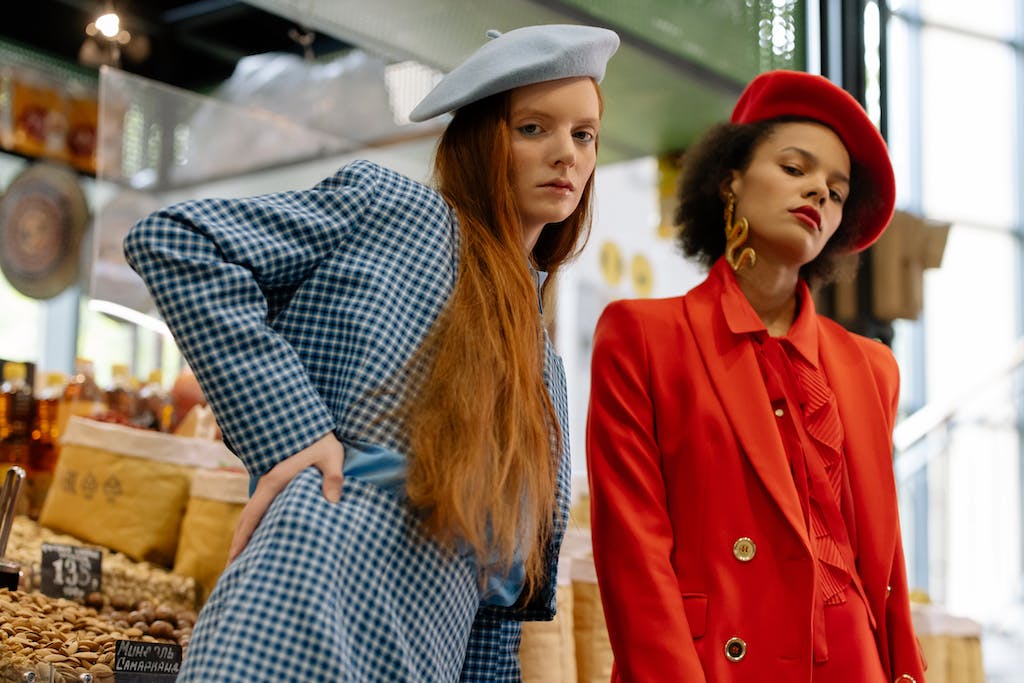
Certain clothing items are indispensable for conveying a look that epitomizes timeless sophistication and understated elegance. Here’s a curated list of essential items that one should consider for their wardrobe:
- Tailored Blazer: A classic blazer can transition an outfit from casual to chic, providing an instant upgrade to any ensemble.
- White Shirt: The classic white shirt is a versatile staple, suitable for a myriad of occasions and pairing well with tailored pieces.
- Straight Jeans or Pants: Whether it’s classic pants or straight jeans, these bottoms offer a polished base for layering with more formal items.
- Skirts: A pencil or A-line skirt adds a hint of femininity and formality to the Old Money look.
- Quality Footwear: Investing in quality leather footwear such as loafers, ballet flats, and riding boots will ground the outfit with a touch of elegance.
- Silk Scarf: Accessories like silk scarves can add color and texture to an outfit, not to mention a nod to luxury.
- Leather Belt: A slim leather belt serves the practical purpose of fit, while also adding a finished look to the outfit.
Each piece should be chosen with a focus on quality over quantity, ensuring longevity and a consistent presentation of refined taste.
Classic Color Palettes

- Neutrals: Including shades of beige, cream, and gray for a subtle and sophisticated foundation.
- Deep Tones: Such as navy, olive green, and burgundy, adding a touch of gravity and heritage.
- Pastels: Soft pinks and baby blues, which often reflect a preppy, polished look.
| Category | Colors |
|---|---|
| Neutrals | Beige, Cream, Gray, Camel, White |
| Deep Tones | Navy, Olive Green, Burgundy |
| Pastels | Soft Pink, Baby Blue |
These hues are selected for their ability to convey a sense of stability and a non-flashy, refined appearance. A person can elevate their attire by incorporating these classic colors into their wardrobe, adhering to the fundamentals of the Old Money style.
Clothing pieces commonly found in these palettes include crisp white button-down shirts, structured blazers, tailored trousers, and cashmere sweaters. These garments often sport solid colors, muted stripes, or subtle patterns, ensuring that each piece can serve as a versatile component of a well-curated wardrobe.
To further exemplify the Old Money aesthetic, individuals often pair these colors with luxurious fabrics like wool, silk, and linen to enhance the feeling of discreet affluence. This choice of color and material ensures an appearance that is both polished and enduring. For more information on how to seamlessly integrate these classic colors into your style and the specific tones emblematic of Old Money fashion, please visit Old Money Colors: Unveiling the Perfect Palette.
Signature Fabrics and Patterns

Look for high-quality, durable fabrics that convey a sense of timelessness and understated elegance.
- Wool: A staple for its durability and classic look, favored in garments like blazers and trousers.
- Cotton: Especially in the form of finely woven Oxford shirts or pique polo shirts.
- Silk: Used in accessories such as scarves and ties for a touch of luxury.
Traditional patterns hold a significant place in the Old Money wardrobe, with certain designs being quintessential.
- Herringbone: A zigzag pattern often found in wool suits and sports coats.
- Tweed: A rough, woolen fabric with a soft texture, typically woven with mixed or heathered yarns.
- Stripes: Classic patterns for shirts and ties alike.
- Check: Found in various scales; from small gingham to larger, bolder windowpane checks.
To achieve the Old Money look, one focuses on the quality and longevity of the items rather than following fast-paced fashion trends. These fabrics and patterns are often seen in investment pieces that can be worn for years, or even generations, further emphasizing the Old Money commitment to sustainability and classic style.
For additional insights on the essence of the Old Money aesthetic, consider exploring resources like Vieux Riche for their comprehensive guides on the subject.
Timeless Accessories

In the realm of Old Money Aesthetic, accessories are the subtle nuances that exemplify elegance and understatement. They believe less is more, and as such, each piece holds significant value and heritage.
Handcrafted Leather Goods: The touch of quality leather is often indispensable. They gravitate towards items that age gracefully, favoring leather shoes and belts that complement their wardrobe’s timeless nature.
Classic Timepieces: They opt for a time-honored wristwatch; an heirloom passed down generations, or a piece that shows meticulous craftsmanship—a silent announcement of refinement.
Pocket Squares: More than mere fabric, the pocket square is an art form. It demands attention to folding and an appreciation for color harmony with the suit.
Cufflinks: A personal seal of sartorial splendor, they wear cufflinks that echo the family crest or a simple, elegant design.
Eyewear: Glasses or sunglasses, the frames are always refined, never overpowering the face and chosen with an intent of legacy and longevity.
In short, accessories in the Old Money aesthetic are not just adornments but rather statements of a heritage that values quality, subtlety, and an attention to detail that stands the test of time.
Footwear for Every Occasion

When embracing the Old Money Aesthetic, selecting the right footwear is crucial. It’s about finding the perfect balance between elegance and practicality for various settings.
- Formal Events: For men, oxford shoes in black or brown exude timeless sophistication. Women often opt for classic pumps or stiletto heels in neutral shades.
- Casual Outings: Leather loafers for men and simple ballet flats for women are staples that offer convenience without compromising on style.
- Professional Settings: The well-known derby shoe is a popular choice for men, while women may prefer low-heeled leather shoes that command respect yet remain comfortable.
- Outdoor Activities: Durable yet stylish boots, like the Thursday Boots Scout, serve well for countryside ventures.
Pro-Tip: Stick to subdued colors—black, beige, white, and brown tones maintain the Old Money allure. Simplicity is key: subtle branding and high-quality materials speak volumes.
For those on a budget, it’s possible to find Old Money shoes without breaking the bank, ensuring that style is accessible at every financial level.
Remember, it’s not just about brand names but the quality and timelessness of the shoes that secure their place in the Old Money wardrobe. Shoes should not only look the part but should also be built to last, aligning with the sustainable mindset.
How To Change Your Lifestyle To Be Like Old Money

Adopting the old money lifestyle requires a fundamental shift in one’s daily practices and mindset. It’s not simply about acquiring luxury items, but rather about embodying a lifestyle of understated elegance, disciplined grooming, and a poised, confident demeanor.
Mindset and Behavior Of The Old Money Lifestyle
Those entrenched in the old money aesthetic live by a code of discretion and restraint. One doesn’t flaunt wealth through flashy attire or ostentatious behavior; instead, luxury is expressed through subtlety and taste. Grooming is not merely a superficial routine but a disciplined practice, reflecting self-respect and a respect for tradition. It’s about nurturing confidence through poise and a cultured approach to life that prioritizes education and a breadth of experiences over material displays. The old money lifestyle upholds that wealth isn’t expressed by the price tag on items but rather through the timeless quality and durability of the family heirlooms and carefully selected pieces.
Leisure and Recreational Practices
Old Money individuals often enjoy leisure activities such as tennis, equestrian, boating, polo matches, and croquet. These activities are seen as sophisticated and refined, and require a certain level of skill and knowledge. Old Money individuals often participate in these activities to socialize and network with others of their social class.
Arts and Entertainment
The Old Money Aesthetic places a high value on the arts, particularly classical music, opera, and theater. Old Money individuals often attend cultural events and support the arts through philanthropy. They also have a deep appreciation for literature and intellectual pursuits.
Embed from Getty ImagesHailey Bieber, a model and influencer, is known for her impeccable sense of style that embodies the old money aesthetic. Her wardrobe consists of classic pieces that are timeless and sophisticated. She often wears blazers, tailored trousers, and knee-length skirts that are well-tailored and made from high-quality fabrics. She keeps her color palette neutral, opting for shades of beige, cream, and black. She accessorizes with simple, understated jewelry such as gold hoop earrings or a delicate necklace.
Hailey Bieber’s style is a great example of how to achieve the old money aesthetic. She shows that it’s not about wearing the most expensive clothes or the latest trends, but rather about investing in quality pieces that will last for years to come. Her style is effortless and understated, yet elegant and timeless.
Embed from Getty ImagesSofia Richie, a model and fashion influencer, is another great example of how to achieve the old money aesthetic. Her style is classic and sophisticated, yet still modern and fresh. She often wears tailored blazers, high-waisted trousers, and midi-length dresses that are well-fitted and made from high-quality fabrics.
Sofia Richie’s color palette is also neutral, with a focus on shades of beige, cream, and black. She accessorizes with simple, elegant jewelry such as a delicate gold chain or a pair of pearl earrings. Her hair and makeup are always polished and understated, completing her sophisticated look.
Both Hailey Bieber and Sofia Richie are great examples of how to achieve the old money aesthetic. Their style is timeless, elegant, and sophisticated, yet still modern and fresh. By investing in quality pieces and keeping their color palette neutral, they show that achieving the old money aesthetic is about understated elegance and effortless sophistication.
Old Money Interior Decor

The Old Money Aesthetic is all about creating a sophisticated and timeless look in the home. This aesthetic is characterized by a neutral color palette that includes shades of beige, cream, and ivory. These colors are used to create a warm and inviting atmosphere that is both elegant and understated.
In addition to a neutral color palette, the Old Money Aesthetic also incorporates a variety of patterns and textures. This includes everything from classic stripes and plaids to more intricate patterns like damask and brocade. These patterns are often used in combination with luxurious fabrics like silk, velvet, and cashmere to create a sense of opulence and refinement.
Another key element of the Old Money Aesthetic is the use of antiques and collections. These pieces are often passed down through generations and have a sense of history and tradition. They are used to create a sense of depth and character in the home and are often displayed prominently in the living room or dining room.
Antiques and Decor
One of the most important aspects of the Old Money Aesthetic is the use of antiques and heirlooms in home decor. These pieces are often cherished family heirlooms that have been passed down from generation to generation. They are used to create a sense of history and tradition in the home and are often displayed prominently in the living room or dining room.
Antiques and heirlooms are often paired with more modern pieces to create a sense of contrast and balance. For example, a vintage chandelier might be paired with a more modern sofa to create a sense of juxtaposition.
Why Old Money Aesthetic Has Risen In Popularity

The Old Money Aesthetic has been represented in various forms of media, including television shows, movies, and books. One of the most notable examples is the television show Gossip Girl, which follows the lives of wealthy teenagers on the Upper East Side of New York City. The show’s main character, Blair Waldorf, is a quintessential example of the Old Money Aesthetic. She is preppy, sophisticated, and has impeccable taste in fashion and decor. These popular shows have inspired the younger generations to dress similarly in hopes of achieving their lifestyles for themselves.
Another iconic figure associated with the Old Money Aesthetic is Princess Diana. She was known for her timeless sense of style, which was elegant, understated, and classic. Her fashion choices were often simple and refined, and she was never one to follow trends. Princess Diana embodied the Old Money Aesthetic in her demeanor, her fashion choices, and her values.
Cultivating an Old Money Mindset and Etiquette
Cultivating an Old Money mindset and etiquette is about more than just fashion and decor. It is about adopting a set of values and behaviors that are associated with tradition, refinement, and exclusivity.
Some of the key elements of the Old Money mindset and etiquette include:
- Prioritizing quality over quantity
- Valuing education and knowledge
- Embracing tradition and heritage
- Maintaining a sense of decorum and etiquette
- Avoiding ostentatious displays of wealth
To cultivate an Old Money mindset and etiquette, one must embrace these values and behaviors and make them a part of their daily life. This can include attending cultural events, reading classic literature, and investing in high-quality, timeless pieces for one’s wardrobe and home decor.
The Old Money Aesthetic is a cultural phenomenon that is associated with wealth, tradition, and exclusivity. It has been represented in various forms of media, including television shows and movies, and is characterized by a set of values and behaviors that prioritize quality, education, tradition, and etiquette. By embracing these values and behaviors, one can cultivate an Old Money mindset and etiquette and embody the timeless elegance and sophistication of this cultural phenomenon.
Old Money Aesthetic Beyond Fashion
When it comes to the Old Money Aesthetic for women, there are certain do’s and don’ts to keep in mind. The Old Money Aesthetic values simplicity and elegance, so it is important to avoid anything that is too flashy or trendy. Instead, focus having a natural beauty look. Makeup should be minimal and always strive to be gracious, polite and well-mannered at all times.
Overall, the Old Money Aesthetic is a way of life that values substance over style, quality over quantity, and tradition over trends. It is a philosophy that emphasizes the importance of living a life of meaning and purpose, rather than one of superficiality and materialism.
Frequently Asked Questions
What are the core principles of the ‘old money’ style when selecting outfits?
The core principles of ‘old money’ style prioritize longevity and heritage over fast fashion trends. This approach favors a minimalist wardrobe with versatile pieces that can be mixed and matched to create multiple outfits. There is an emphasis on investment pieces that will last for years, both in terms of quality and design. Additionally, the style signifies cultural and economic capital, suggesting a lineage of wealth that values discretion and cultural literacy in fashion choices.
Which brands are synonymous with the old money aesthetic?
Brands that are synonymous with the old money aesthetic include Ralph Lauren, Brooks Brothers, and J.Crew. These brands are known for their classic, preppy styles that are favored by the old money elite.
Other brands that are popular among the old money crowd include Hermes, Chanel, and Gucci, which are known for their timeless designs and high-quality materials.
What are the typical color palettes associated with old money fashion?
The old money aesthetic typically favors neutral colors such as navy, beige, and white. These colors are timeless and classic, and they are often associated with the preppy, understated style that is favored by the old money elite.
Other colors that are popular in old money fashion include hunter green, burgundy, and camel. These colors are rich and sophisticated, and they add a touch of elegance to any outfit.
